Yanko Design - Latest Posts |  |
| The Top 10 Mistakes Inventors Make Posted: 19 May 2009 05:37 AM PDT In working with numerous inventors and designers over the years, I'm surprised to see how many make the same errors. So from that perspective I've created a list of those mistakes and how to avoid them. • Do everything yourselfLeverage. Don't try to do everything yourself. Do what you do best and rely on others to do what they do best. These days you can get access to resources around the world as easily as around the corner. • Focus on patentsDon't overly rely on patents. Patents only give you the right to sue, and rarely prevent others from selling a product that's just like yours. Remember that patents can take a few years to issue, while many products will have come and gone in that time. Even if you have an issued patent, it can take millions to defend it, money better spent on your next product. A small company in the right can be put out of business by a large company with a big legal department. • Worry about others stealing your inventionDon't waste time worrying. Just because you tell someone about your idea doesn't mean they will copy it. After all the idea is only 5% of the work. The best defense against competition is getting your product widely distributed before others can respond. When they come to market with a copy you'll be far along on your next model. • Hire one of those invention submission companies and let them do the workThey typically charge you thousands of dollars to present your product to industry. At the worst they're a scam costing you many thousands of dollars, and at best they rarely can do the job you can do with a little guidance. You'll usually do a better job because of the passion you have for the product. They're not in business to sell your product to industry, only to sell their services to you. If you have a great idea you don't need to pay someone to shop it around. • Spend your money fine-tuning and perfecting your designToo many inventors keep trying to perfect their product time after time before gaining market feedback and going out and finding a customer. There's often a fear of hearing what others think about your baby. But, an early prototype is often good enough to gain valuable information. So save your money for marketing and selling; that usually costs a lot more than designing and engineering. While it might be painful, test your inventions early. Talk to the retailers who would be selling your product. Ask them how well it would sell. Ask them how much it should cost. Ask the tough questions even though you might not like the answers. • If you build it they will comeJust because you have what you think is a great invention or spectacular design, it's tough to get interest from others. Inventing the product is just the beginning and a small part of the overall effort. Expect and budget for a lot more activities after the product is developed. • Price your product as low as possibleMany inventors don't understand the impact that the channels of distributions have in determining the product's price. There are often 3 or 4 levels between what you pay to make the product and what the customer is asked to pay. Existing business models establish the channels and margins, so don't expect you can change them because your product is so special. Just remember the retail price is often 3 to 5 times your cost. So an item costing $20 could retail for $100. A corollary is your product needs to provide value and be competitive based on the actual selling price, not based on your cost. • Don't speak with large companies to take on your productl they'll steal your ideasRarely can a tiny company with a single product match their influence with distributors and retailers. Few large companies will sign NDAs so don't expect it. Proceed cautiously, but do proceed. They often are your best opportunity for success. • Once your product gets into the big chains your success is assuredGetting your product into large retailers rarely guarantees success. They'll return your product if it doesn't sell, they'll pay late, and they may require you to spend thousands of dollars to help them sell it. And don't think these stores will want to carry the products that are best for their customers; they'll carry the product that makes them the most money. • Believe your own hypeIt's easy to get excited by your own product and become immersed in the great publicity and reviews. But that's a mistake. Think like your competitors and don't become complacent. No Tags |
| Vegan Leather? Matt & Nat Archive Bag Review Posted: 19 May 2009 12:15 AM PDT In my never ending quest for the perfect laptop bag, I stumbled across a French Canadian company called Matt & Nat who have an entire line of soft goods but it was their Archive bag that caught my eye. It’s all vegan leather which is an oxymoron so just think of it as faux leather - really good faux leather. Hit the jump for me review. For a faux leather bag that commands a “real” leather price tag, quality better be good. Thankfully Matt & Nat’s quality is top tier. It looks like leather, feels like leather, and smells like leather. The grain is smooth without the nasty cracking. It’s incredibly soft and when placed right next to an Louis Vuitton bag, you’d be hard pressed to differentiate quality. The Archive has a light grey faux suede lining, tone on tone stitching, and brushed nickel hardware. Utilitarian fans rejoice because there are enough zip enclosures, pockets, flaps, nooks and crannies to carry everything from a 17″ laptop to cables, mobile phone, stationary, and accessories. I’ve been toting it around with my MacBook Pro for a month and it still looks brand new. The only noticeable change is the bag getting softer which I’m all for. There’s an detachable shoulder strap too but I prefer to carry it as a briefcase or manbag - whatever you want to call it. There are 3 colors to choose from, white, grey, and black. The Archive measure 19″ X 16″ X 3.75″ and costs $315. If you need something that’s functional and stylish, leave the ordinary laptop carriers at home. Splurge and get the Archive. It’s absolutely gorgeous inside and out. Designer: Matt & Nat
|
| Squidolin Electric Violin Teaches You Posted: 19 May 2009 12:05 AM PDT A huge learning curve inspired designer Carlos R. Mendez to create the Squidolin - an electric violin that looks straight out of some cyber futurist era. It sounds nice, so long as you know how to play it. Connect the Squidolin to a TV and it’ll tutor you through a series of lessons. Feasible? Certainly but is there a market? Hey, I could see myself buying one. I’ve alway wanted to play fiddle. Designer: Carlos R.Mendez
|
| World Moving Ideas in Calendar Form Posted: 19 May 2009 12:01 AM PDT The many ordinary objects in our lives owe their existence to some very well known, and some not so well known, inventions. To celebrate those great ideas, the 2009 Pershing Calendar called World Moving Ideas presents 12 objects with calendars on them. Each object represents a month and some are fully functioning - everything from an iPod which is a distant relative of the phonograph, to magnets which owe their existence to the refrigerator invented in 1748. Want one? It’s limited edition so good luck! Designer: Manuel Dall’Olio
|
| Posted: 19 May 2009 12:01 AM PDT Paving paradise for a place to sit. That’s what’s going on here. A project from Springtime that saves a seat for your own booty in a play on the culture-cemented idea of a parking space. Part of a design competition that aimed to give a parking space back to the public. “Person Parking” seems to be made for a low-traffic area in a strip mall district, don’t you think? Text from Springtime:
I wouldn’t be the guy sitting on the street side of this block, that’s for dang sure. I’d like to see a couch made with this same aesthetic. Maybe minus the cement part. Designer: Springtime
|
| Posted: 19 May 2009 12:01 AM PDT Get your stingers out for the “Bikube;” it’s a beehive for modern city dwellers who want to help fix the decreasing bee population. The designer of this project, Adam Weaver, attacks the Colony Collapse Disorder (CCD) problem head-on with this stylish box. It’s a beehive. You attach it to your outside wall. Bees live in it! And you could probably paint flames on it if you wanted to! More details: The Bikube is designed with slopes on all sides to let rain and debris slide off with ease. The Bikube is a nucleus hive, and it is easily wall mounted. The Bikube utilizes an integrated handle for ease of use and transport, and there’s a glass section for humans to look and peek in on what kind of business is going on inside the hive. Let’s make honey-bees abundant! Designer: Adam Weaver
|
| Posted: 19 May 2009 12:00 AM PDT The Inuit are indigenous peoples inhabiting the Arctic regions of Canada, Greenland, and Alaska. They generally traverse the vast expanses of icy terrains using qamutik or dog sleds. Life for these folks is pretty tough considering the sub-zero conditions they live in. Anyways, life is also about adapting and adjusting to what you got. "Trakomatik" is an extreme condition snow & ice vehicle that looks at making this adjustment more comfy, zippy and safe; considering the harsh ice track limitations. Designed as a four-sided unibody sled, the vehicle is propelled by a three-sided treaded drivetrain system, allowing the entire unit to rotate and tumble while in full motion. Thanks to this feature you get 360 degrees of drivability and a smooth ride off-track. The flip side to this design is that driver or pilot will have to undergo intense training to manage the vehicle safely. The sled consists of a shock absorbent capsule that rotates independently, ensuring that the pilot remains in an upright position at all times. In case you were wondering how the term Trakomatik was coined, here’s the break-up: track ko-ma-tik Cute! Designer: Julien Bilodeau
|
| Posted: 18 May 2009 11:49 AM PDT We have all done it. You might be doing it right now. If you are reading this site, then you are probably predisposed to doing it all the time. Over thinking a design. That’s what designer Sungho Lee did when he first approached his LED light design. He started by filling a box with all the requisite parts needed to generate a LED light. After stepping back, he stripped his design of everything that wasn’t necessary. Basically it’s a paperclip, slightly modified to to hug a watch battery and topped with the LED light. Brilliant! Designer: Sungho Lee
|
| You are subscribed to email updates from Yanko Design To stop receiving these emails, you may unsubscribe now. | Email delivery powered by Google |
| Inbox too full? | |
| If you prefer to unsubscribe via postal mail, write to: Yanko Design, c/o Google, 20 W Kinzie, Chicago IL USA 60610 | |









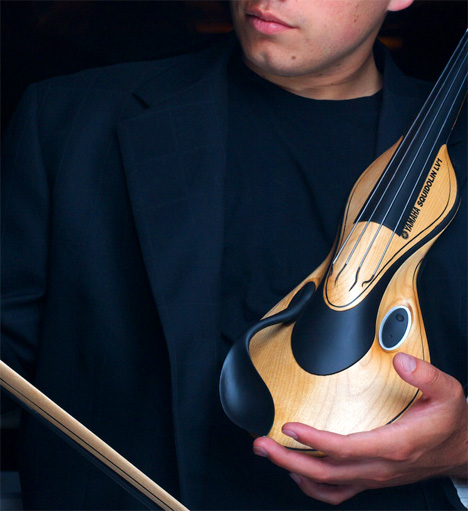

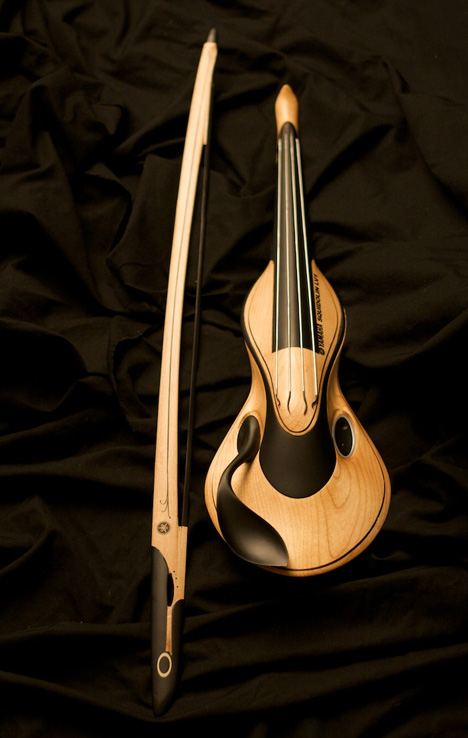
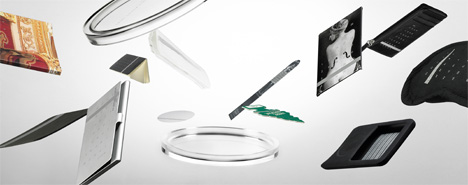

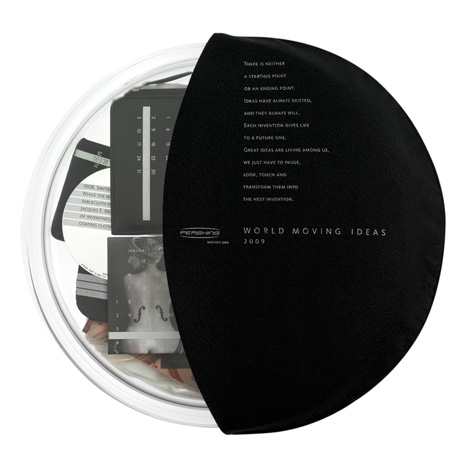


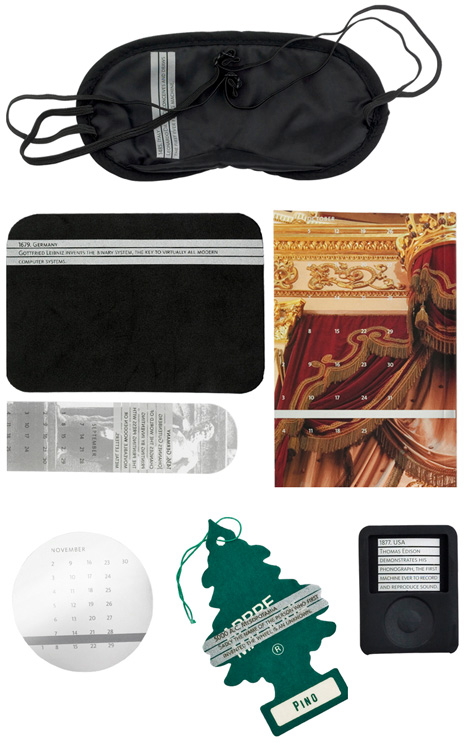

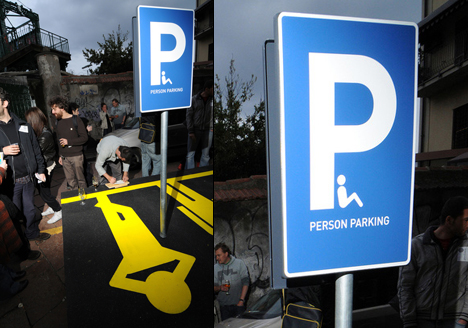



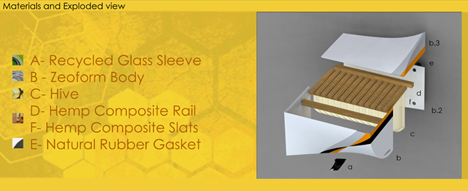




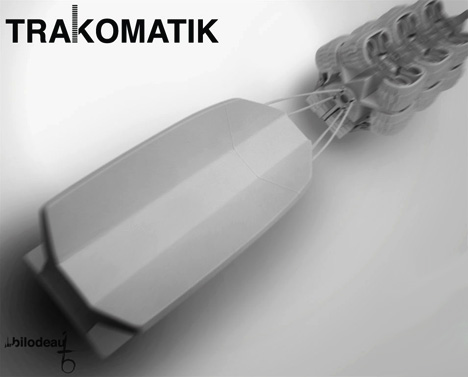
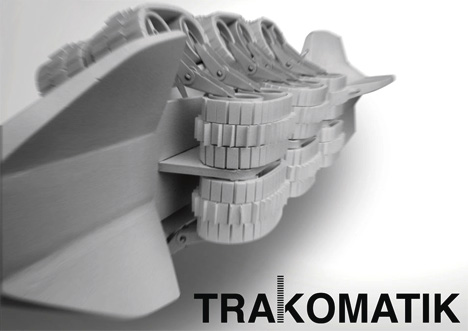
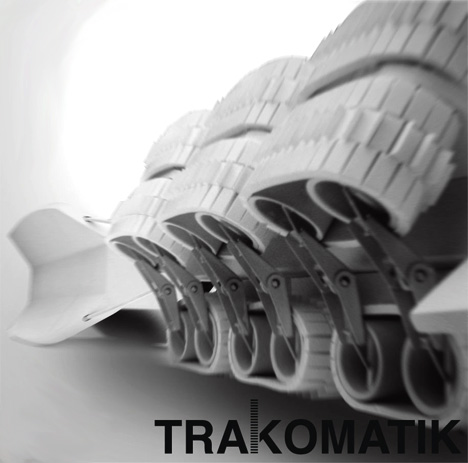
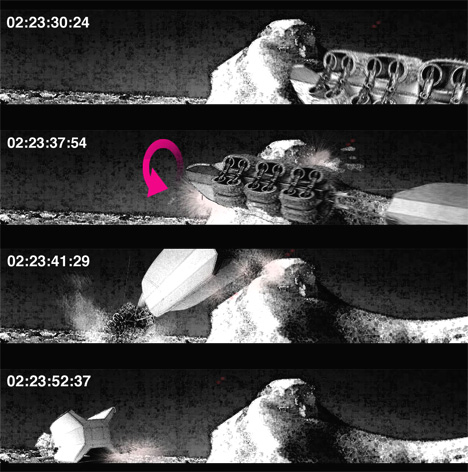
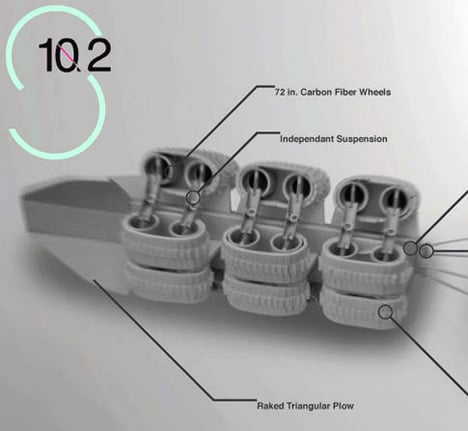
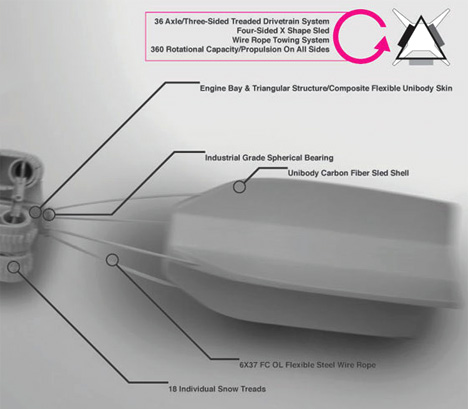




No comments:
Post a Comment